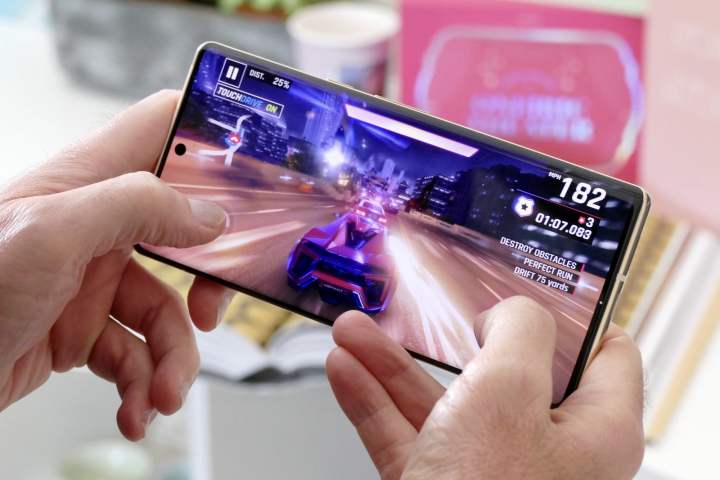Samsung is reportedly planning to employ the battery tech used for electric vehicles to improve the battery life on its smartphones. According to a report from The Elec, the company’s SDI division is readying the use of the stacking tech that goes into making Gen 5 EV batteries for the development of battery packs for smartphones.
Compared to the standard winding method, the stacking method has multiple advantages such as higher energy density, lower internal resistance, and high volumetric capacity. To put it simply, a smaller stacked battery can retain the same amount of charge as a larger winded battery. If available space remains unchanged inside a phone, a stacked battery will offer a higher capacity.

Using the stacking tech, Samsung can reportedly boost the energy density by more than 10%. Theoretically speaking, if a Samsung phone packs a 5,000mAh battery, it can be substituted with a 5,500mAh battery of the same size by using the stacking system. And if increasing the battery capacity is not a priority, the space reserved for a battery pack can be eliminated to make slimmer and lighter phones.
There is no word on whether stacked batteries will be making an appearance in Samsung phones in the immediate future, but the development of multiple assembly lines dedicated to smartphone battery tech is a sign that it will happen sooner rather than later.
If it ain’t fast, at least go big
Samsung, alongside Apple, has lagged far behind the other smartphone brands when it comes to fast-charging tech. Take for example Xiaomi, which has already pushed 120-watt fast charging on phones that cost as little as $300. The likes of Realme have already touched the 150W fast-charging figure, and OnePlus is also following suit with the upcoming OnePlus 10R. In fact, the race for bringing 200W fast-charging tech to the market has already started.
The Galaxy S22 Ultra, which starts at over $1.000 maxes out at 45W wired charging. That is even slower than the peak wireless charging output on phones such as the OnePlus 10 Pro and the Xiaomi 12 Pro. Yes, there are concerns that hyperfast charging can take a toll on battery life, but the convenience of fully topping up your phone’s battery in just 20 to 25 minutes is simply unbelievable and a great quality-of-life feature for smartphone users.
Samsung is playing it safe with fast charging despite all the money in its coffers for R&D, and is instead focusing on battery capacity, which is as important as charging speeds, if not more. Fast charging is convenient, but not everyone carries their bulky 100W adapter with them at all times. This can be a hassle if the phone happens to have a small battery linked to a power-hungry chip and a demanding screen.
Samsung is familiar with the aforementioned issue due in no part to the smallish 4,000Mah battery fitted inside the Galaxy S22 that struggles to last a full day of usage. Fitting in a bigger battery sounds like the perfect solution for making phones that aren’t unwieldy, but offer all the firepower and tricks one expects from a bona fide flagship phone.
Editors' Recommendations
- Galaxy AI is coming to more Samsung phones very soon
- I compared Google and Samsung’s AI photo-editing tools. It’s not even close
- Samsung just launched a $400 phone in the U.S., and it looks great
- Samsung’s Galaxy AI is about to get a lot more useful
- 5 phones you should buy instead of the Samsung Galaxy S24



